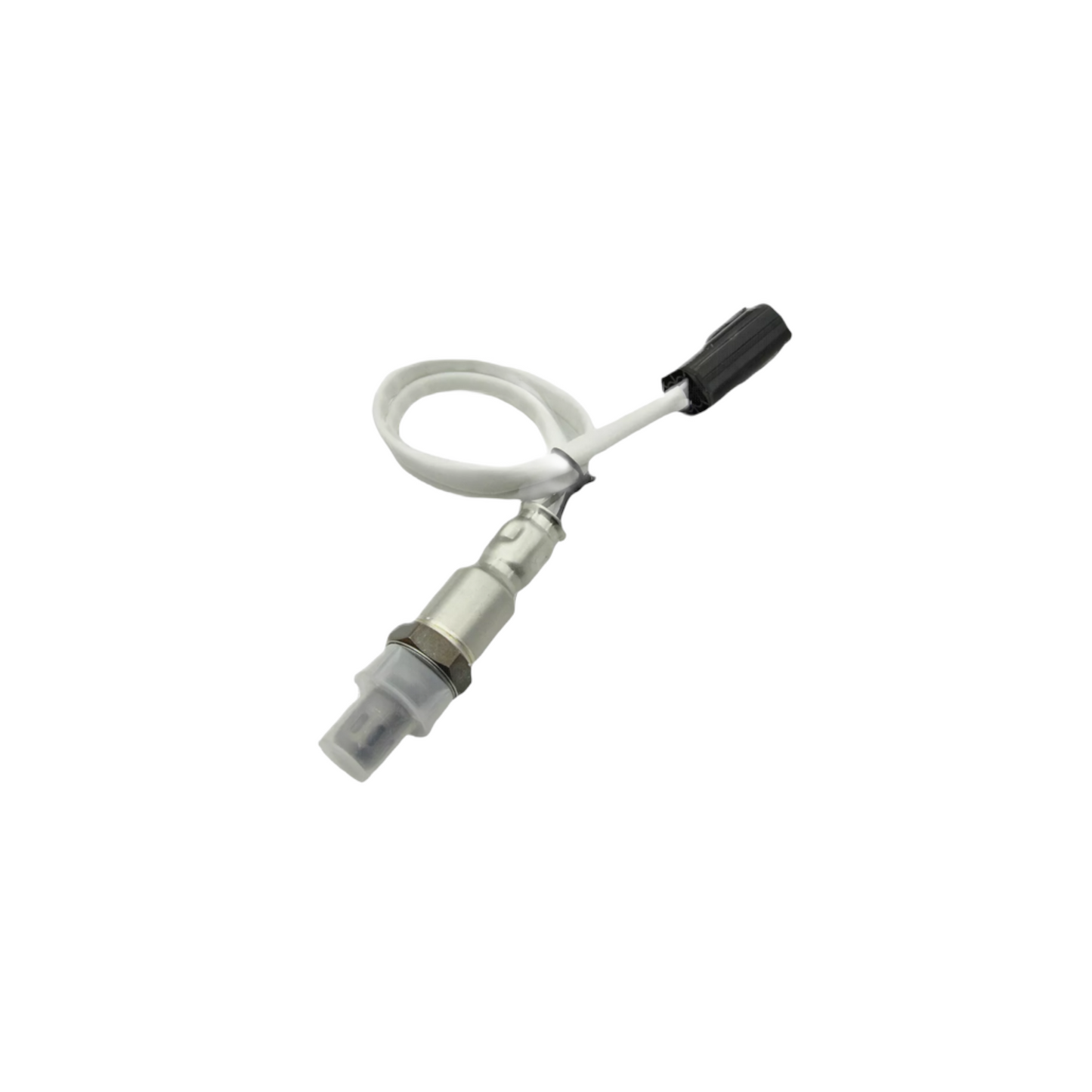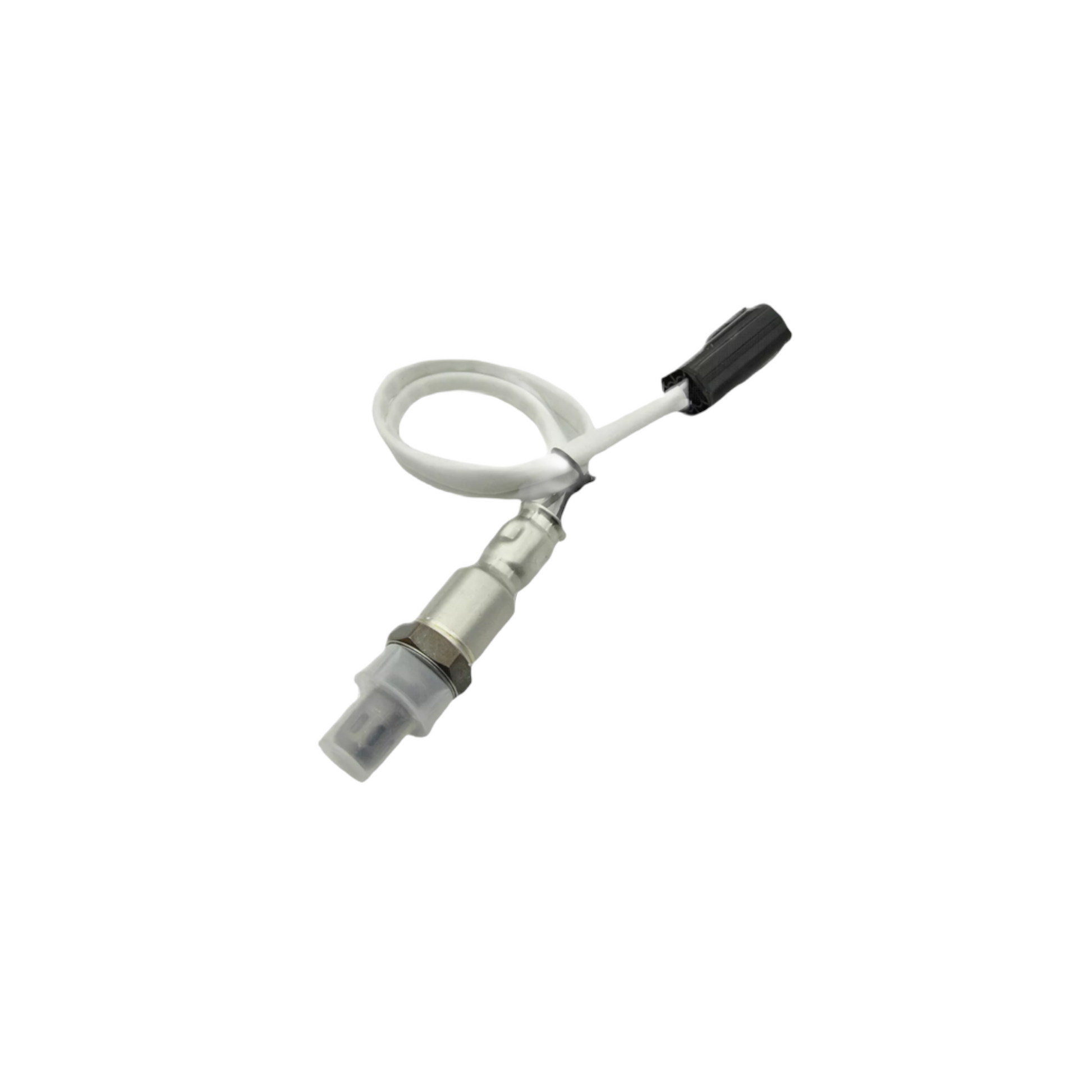VQPLUG
G35/350Z Downstream Oxygen Sensor (02 Sensor) | OEM Replacement VQ35DE
Couldn't load pickup availability
Downstream O2 Sensors for 2003-2007 Infiniti G35 & 2003-2005 Nissan 350Z
Ensure your vehicle’s emissions system is working at peak efficiency with these high-quality OEM replacement downstream O2 sensors for the 2003-2007 Infiniti G35 and 2003-2005 Nissan 350Z. These sensors monitor the oxygen levels in the exhaust gases after they pass through the catalytic converter, helping the ECU adjust the air-fuel mixture for optimal engine performance and reduced emissions. If you’re experiencing a check engine light, poor fuel economy, or trouble codes like P0420 (Catalyst Efficiency Below Threshold), replacing these sensors will restore your vehicle’s performance and emissions control.
Features:
• OEM Quality: Designed to directly replace your original downstream O2 sensors for reliable performance.
• Improved Efficiency: Monitors exhaust gases post-catalytic converter to help the ECU optimize fuel efficiency and reduce emissions.
• Durable Construction: Built to withstand the heat and harsh conditions of the exhaust system.
• Fix Common Issues: Resolves problems such as engine hesitation, poor acceleration, or failed emissions tests caused by faulty sensors.
• Easy Installation: Direct fit for a hassle-free replacement.
Specifications:
• Fits: Infiniti G35 (2003-2007)
• Fits: Nissan 350Z (2003-2005)
• Sensor Location: Downstream (Post-Catalytic Converter)
• Part Numbers: 22690-7S000 (Bank 1) and 22690-7S010 (Bank 2)
Compatibility:
• Infiniti G35: 2003-2007
• Nissan 350Z: 2003-2005
Note: These sensors are designed for VQ35DE engines and are not compatible with VQ35HR or VR30 engines.
What do downstream O2 sensors do?
Downstream O2 sensors, also known as post-catalytic converter oxygen sensors, monitor the level of oxygen in the exhaust gases after they pass through the catalytic converter. Their main job is to ensure that the catalytic converter is functioning efficiently by detecting how well it’s reducing harmful emissions. The sensors send this data to the engine control unit (ECU), which uses it to adjust the air-fuel mixture and maintain optimal engine performance. If the downstream O2 sensors detect an issue, they can trigger a check engine light or set off specific trouble codes, indicating that the catalytic converter may not be performing properly. Replacing faulty downstream O2 sensors ensures your vehicle runs more efficiently, passes emissions tests, and helps maintain fuel economy.

Have a Question About This Product?
A VQplug Specialist Will Reply Via Email and Respond Within 24 Hours

